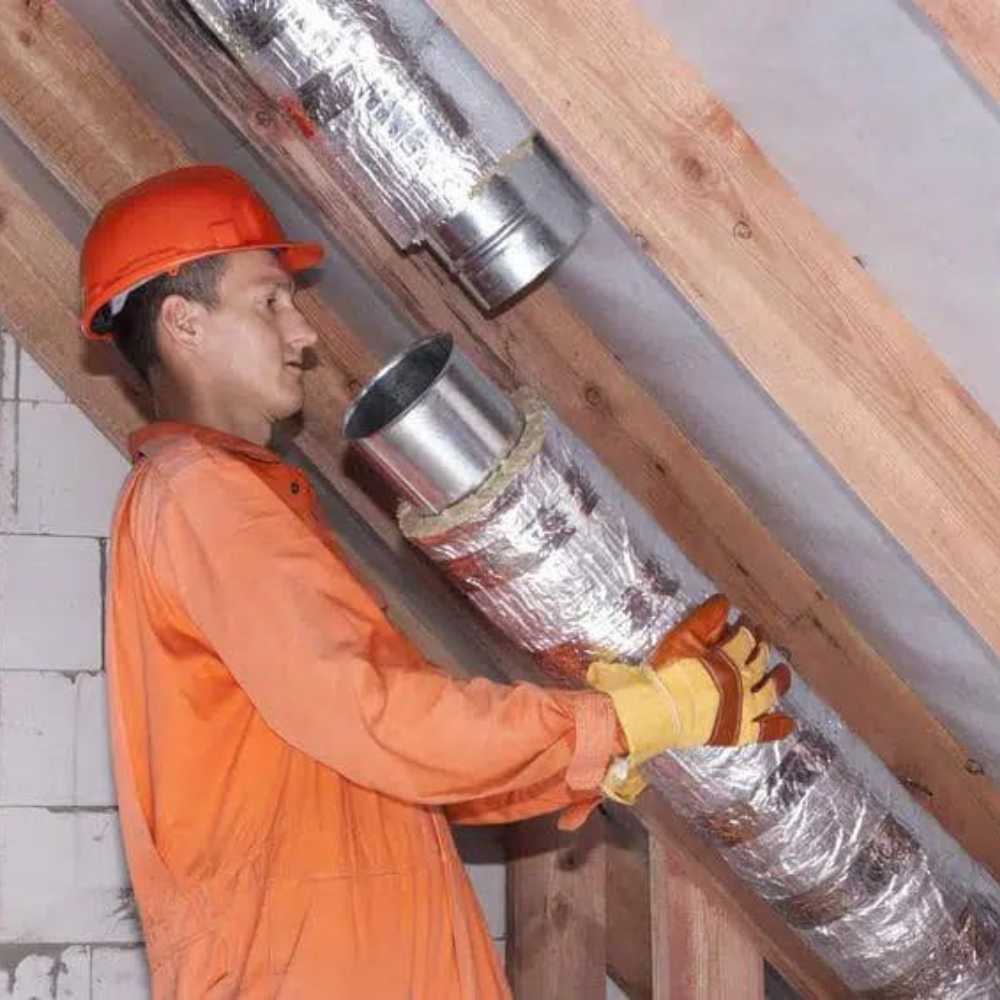Tackling duct repair on your own can be a daunting task, but with the right approach, it’s entirely possible to address minor issues without the need for professional intervention. Doing so can save you money and improve your home’s energy efficiency and air quality. Here are some practical tips and tricks for homeowners looking to undertake DIY duct repair.
Identifying Common Ductwork Problems
Before you begin any repair work, it’s important to identify what issues you’re dealing with. Common problems include leaks, holes, or disconnections in the ductwork. These issues can lead to significant energy loss and reduce the effectiveness of your heating, ventilation, and air conditioning (HVAC) system. Signs of ductwork problems include unexpected increases in your energy bills, uneven heating or cooling in your home, and excessive dust or poor air quality.
Step-by-Step Guide to DIY Duct Repair
Inspect Your Ductwork: Start by visually inspecting your ducts for any signs of damage. This includes looking for holes, cracks, or disconnections. Use a flashlight to examine hard-to-see areas. Feel along the ductwork for drafts that indicate leaks.
Seal Leaks and Holes: For small leaks and holes, duct mastic or metal-backed tape can be an effective solution. Apply the mastic or tape over the damaged area, ensuring it’s completely covered. Avoid using regular duct tape, as it’s not durable enough for long-term use.
Reconnect Loose Ducts: If you find sections of ductwork that have become disconnected, you can often reattach them by fitting the sections back together and securing them with metal-backed tape or clamps. Ensure the connection is tight and sealed properly to prevent air leakage.
Insulate Ducts: Adding insulation around your ductwork can improve energy efficiency, especially in unconditioned spaces like attics or crawl spaces. Use duct insulation wrap, making sure it’s securely fastened around the ducts.
The Importance of Regular Maintenance
Regularly checking and maintaining your ductwork can prevent minor issues from becoming major problems. Periodic inspections can help you catch leaks or damage early, making DIY repairs more manageable. Additionally, keeping your ducts clean and free of debris can improve your HVAC system’s efficiency and your home’s air quality.
Taking the time to learn and perform DIY duct repair can be a rewarding endeavor that benefits your home’s comfort and efficiency. While not all ductwork issues can be resolved without professional help, many minor problems can be effectively addressed with a bit of knowledge and effort. Always remember to prioritize safety and consult with a professional if you encounter a repair that’s beyond your skill level.
Cost-Effective Duct Repair and Replacement Solutions for Your Home
Signs Your HVAC Ducts Need Repair or Replacement: An Expert’s Insight

